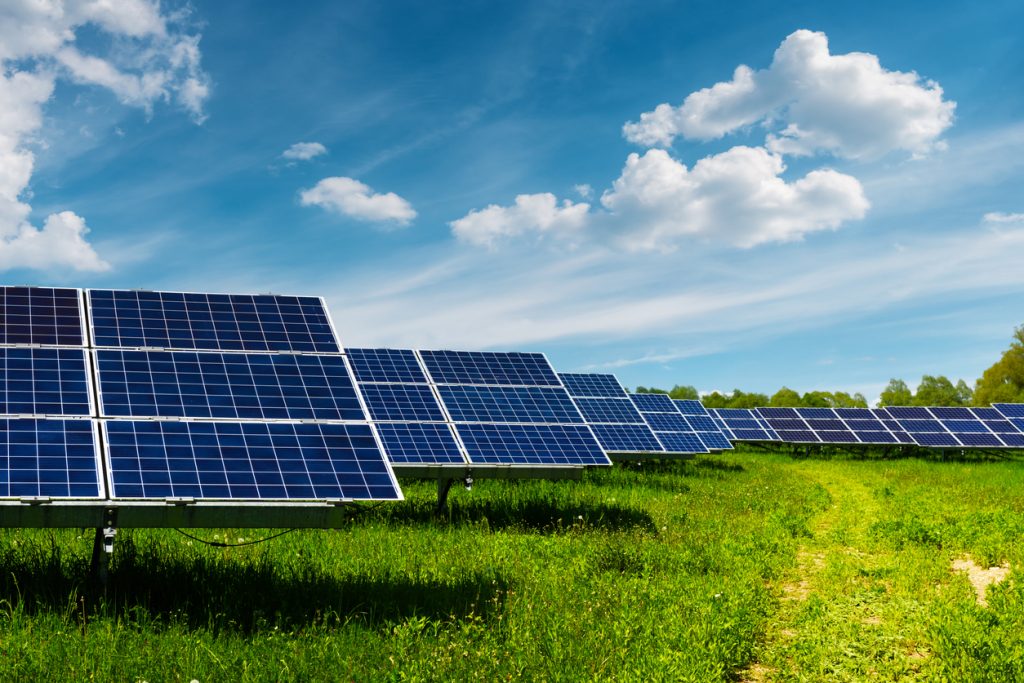
Moving to a cleaner and greener energy future is named as one of the top mega trends over the next 10 years. And two upcoming events highlight the sweeping, coast-to-coast interest: National Clean Energy Week in Washington, D.C., and North America Smart Energy Week in California.
National Clean Energy Week 2018, which runs September 24-28, brings together a headliner’s list of policymakers to discuss commonsense energy solutions in the capital city. Topics will address our country’s need for abundant, reliable energy, while preserving the environment.
On the West Coast, North America Smart Energy Week 2018 expects more than 20,000 energy professionals from around the world to travel to Anaheim, Calif., to grow their renewable portfolio for businesses and communities. The event, which runs September 24-27, features a variety of networking and accredited educational events.
 Where Do Lead Batteries Fit In?
Where Do Lead Batteries Fit In?
Lead batteries, with their 99 percent recycling rate and track record as a model circular economy, are playing a significant role in this cleaner, greener energy future. They will continue to meet energy storage needs for renewables, as well as transportation, backup power, and to support an uninterruptible power supply (UPS).
Renewable Energy and Lead Batteries
In renewable energy integration, lead batteries have opportunities in smart grids and remote- area power supplies where they help provide essential, clean energy for communications, lighting and refrigeration. For solar and wind facilities, they help regulate variability and increase reliability. They deliver on-demand power by storing excess energy when demand is low, and releasing it when demand is high.
Automotive Industry and Lead Batteries
Most of our familiarity with lead batteries stems from how they power our cars. In fact, every mass-produced car (including every electric model, except one), relies on a lead battery to start the engine and power essentials like headlights and navigation systems. In electric vehicles, lead batteries provide auxiliary power for safety, security and entertainment systems.
With transportation (cars, trucks, planes, trains and boats) claiming the top spot for greenhouse gas (GHG) emissions in the U.S., it’s important that lead batteries are contributing to greater fuel efficiency – which translates to fewer emissions. They are essential to start-stop and micro- and mild-hybrid powertrains. By 2020, it is predicted that 2 million tons of GHG will be eliminated each year through the use of lead batteries in start-stop vehicle systems.
Proud and Forward-Thinking
The lead battery industry is proud of its contribution to the future of a cleaner, greener planet. We are committed to investing in scientific innovations that will help tap the undiscovered potential of this reliable battery chemistry.
Learn More
- Lead Batteries’ Role in Renewable Energy Storage
- Storing Tomorrow’s Power Today with Lead Batteries
- Lead Batteries Help Create a “Wind”- Win for Renewable Energy
- Benefits: Sustainable
- National Clean Energy Week 2018
- North America Smart Energy Week 2018


